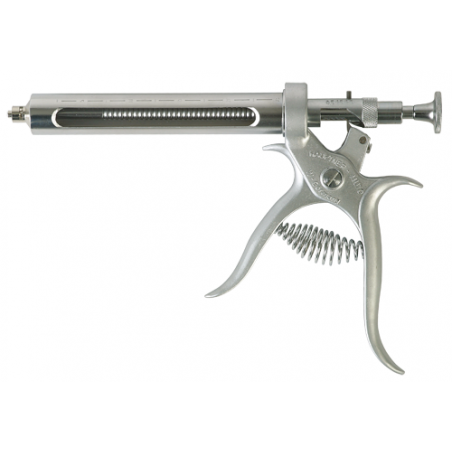Different vaccination strategies against Mycoplasma hyopneumoniae have been adopted worldwide. Reports from the field indicate varying levels of protection among currently available vaccines. The goal of the present study was to compare the efficacies of three widespread commercial vaccination strategies against M. hyopneumoniae under field conditions. 20 farms were included. 14 farms used different single dose vaccines (vaccine 1 [V1], 8 herds; vaccine 2 [V2], 6 herds); another 6 farms (V3) used a two dose vaccination strategy. Gross lesions of 854 lungs and histopathology from 140 lungs were quantified, and a quantitative PCR was applied to detect M. hyopneumoniae and porcine circovirus 2 (PCV2) DNA in lung tissue (n=140). In addition, porcine reproductive and respiratory disease virus (PRRSV), swine influenza virus (SIV), Actinobacillus pleuropneumoniae, Haemophilus parasuis and Pasteurella multocida were tested by qualitative PCR.
53% of lungs were positive for M. hyopneumoniae. 55.9% of lungs showed macroscopic enzootic pneumonia (EP)-like lesions. Lung lesion scores (P<0.001) and M. hyopneumoniae-loads (P<0.008) differed significantly among the vaccination groups, with the most severe cases and highest amounts occurring in V1. Histological alterations differed (P<0.001) between V1 and V3. Lung lesion scores and histopathological changes were significantly correlated, with prevalence and load of M. hyopneumoniae indicating that the applied diagnostic tools are valuable in confirming the prevalence and severity of M. hyopneumoniae infections.

Comparing different vaccination strategies against M. hyopneumoniae indicates varying levels of protection. M. hyopneumoniae is still a major problem despite the widely applied vaccination.
Hillen S, von Berg S, Köhler K, Reinacher M, Willems H, Reiner G. Occurrence and severity of lung lesions in slaughter pigs vaccinated against Mycoplasma hyopneumoniae with different strategies. Prev Vet Med. 2014 Mar 1;113(4):580-8. doi: 10.1016/j.prevetmed.2013.12.012. Epub 2014 Jan 3.




